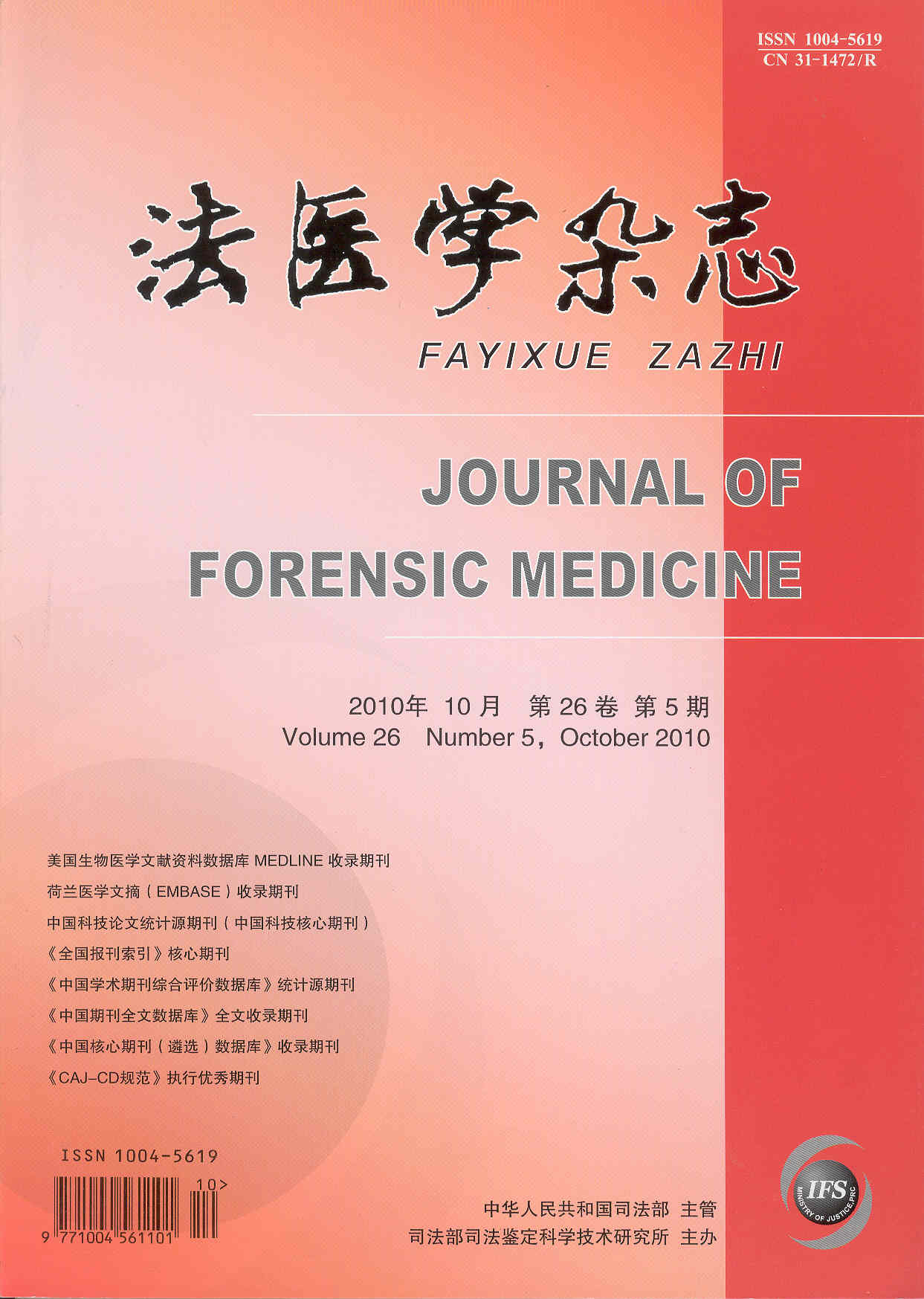|
|
InDel_typer30: A Multiplex PCR System for DNA Identification among Five Chinese Populations
ZHAO SHU-MIN, ZHANG SU-HUA, LI CHENG-TAO
2010, 26(5):
343-348,356.
DOI: 10.3969/j.issn.1004-5619.2010.05.007
Objective To develop a multiplex PCR system, using insertion/deletion(InDel) polymorphism markers, for forensic DNA identification among Han, Hui, Uighur, Mongolian and Tibetan populations in China. Methods Highly polymorphic InDel markers from human autosomes were selected using the Human Genome Browser in Galaxy system and dbSNP database. Multiplex PCR primer pairs of selected InDel markers were designed using Primer 3 software. The multiplex PCR system was developed using a five fluorescence dye labeling system. Genetic polymorphisms of selected InDel markers were investigated using the multiplex PCR system among five populations in China. Results A new multiplex genotyping system, named InDel_typer30, was successfully developed and validated in this study. The InDel_typer30 system consisted of 30 highly polymorphic InDel markers and 1 Amelogenin gender marker. The average expected heterozygosity of the 30 InDel markers was 0.464, 0.460, 0.453, 0.466 and 0.469 for the Han, Hui, Uighur, Mongolian and Tibetan populations, respectively. The average discrimination power was 0.595, 0.585, 0.586, 0.589 and 0.595 for the Han, Hui, Uighur, Mongolian and Tibetan populations, respectively. The cumulative discrimination power(CDP) were all above 0.999 999 999 996 for the 5 populations. Conclusion InDel_typer30 was a useful forensic DNA identification tool for human identification among Han, Hui, Uighur, Mongolian and Tibetan populations in China.
Related Articles |
Metrics
|


